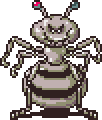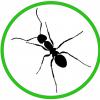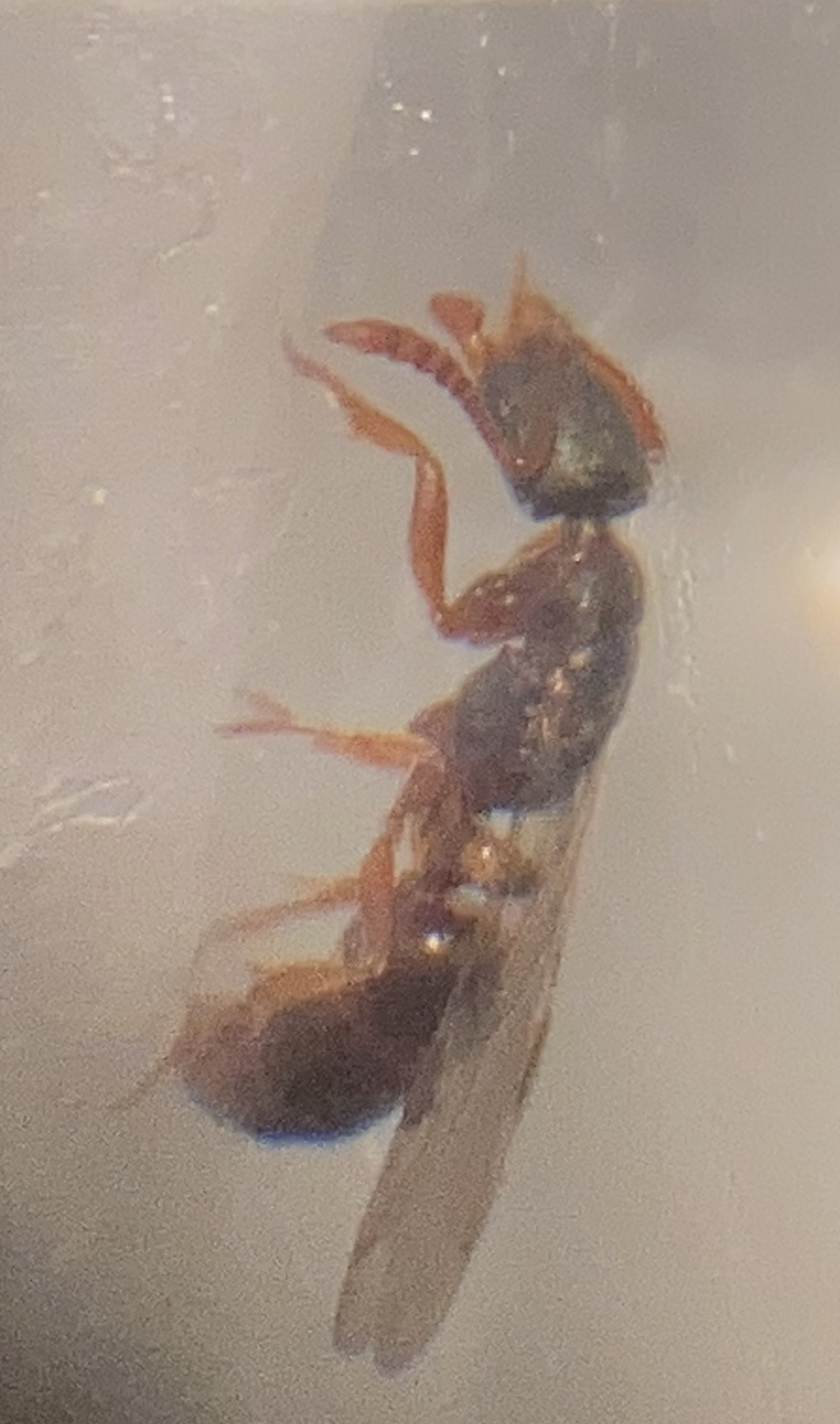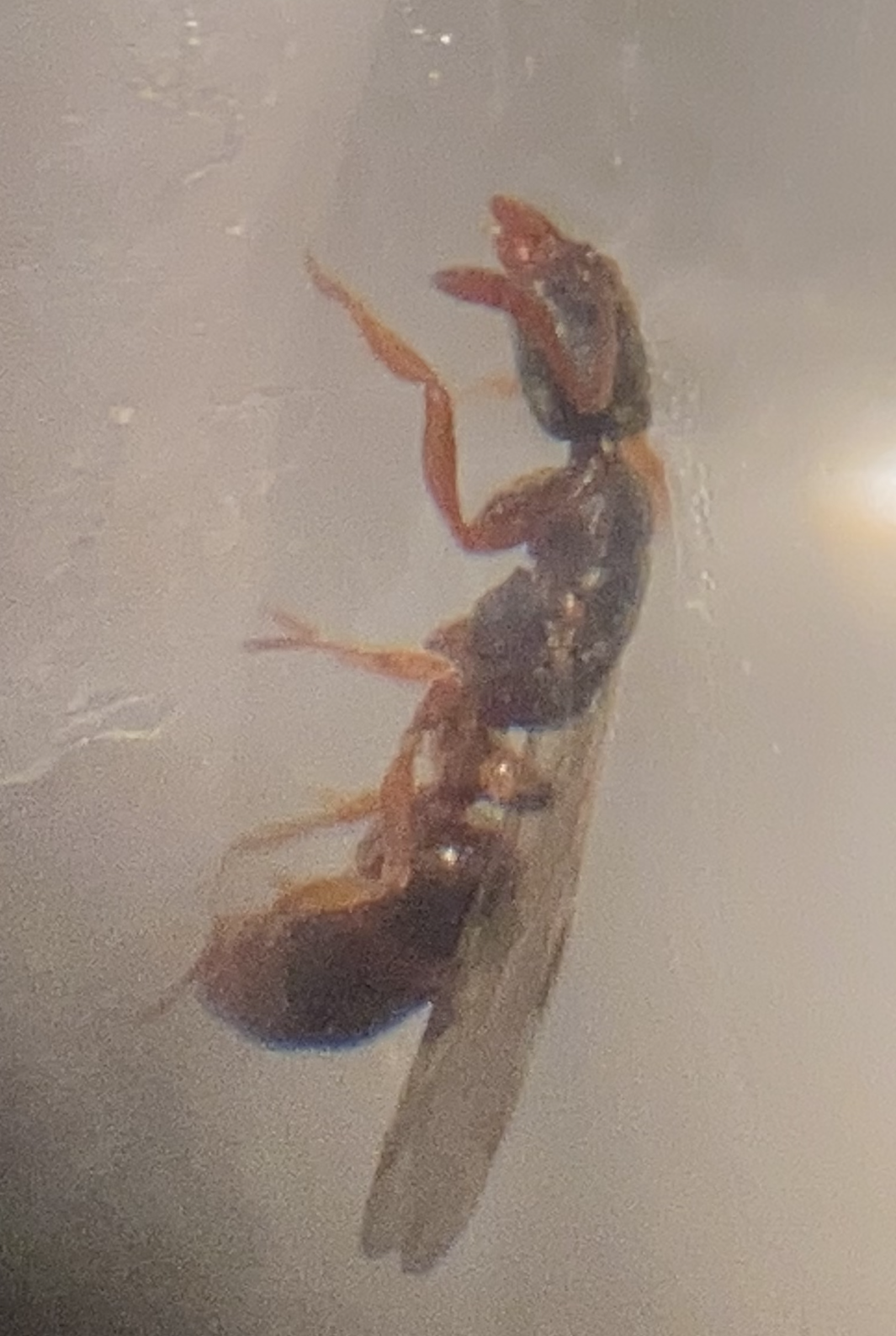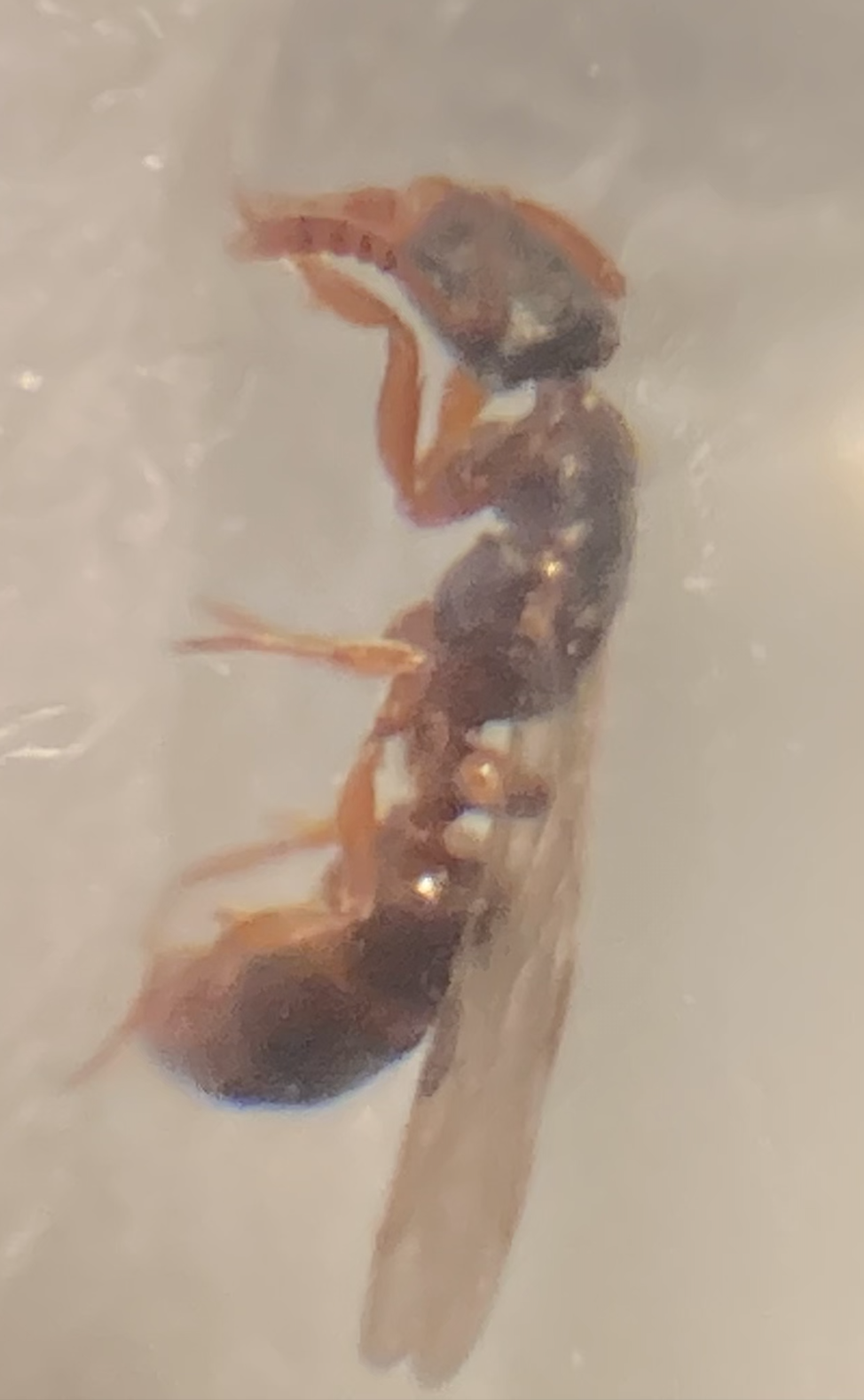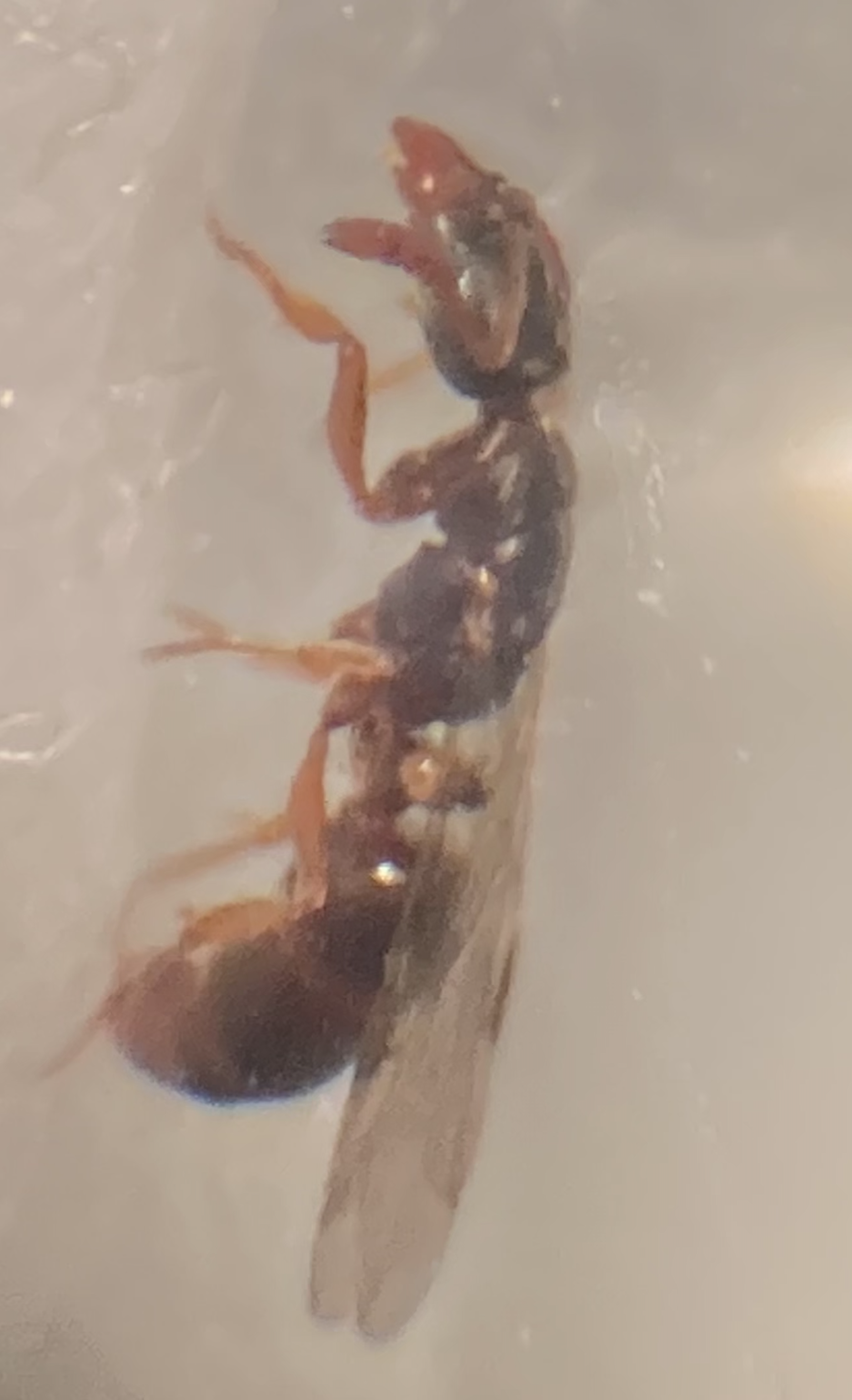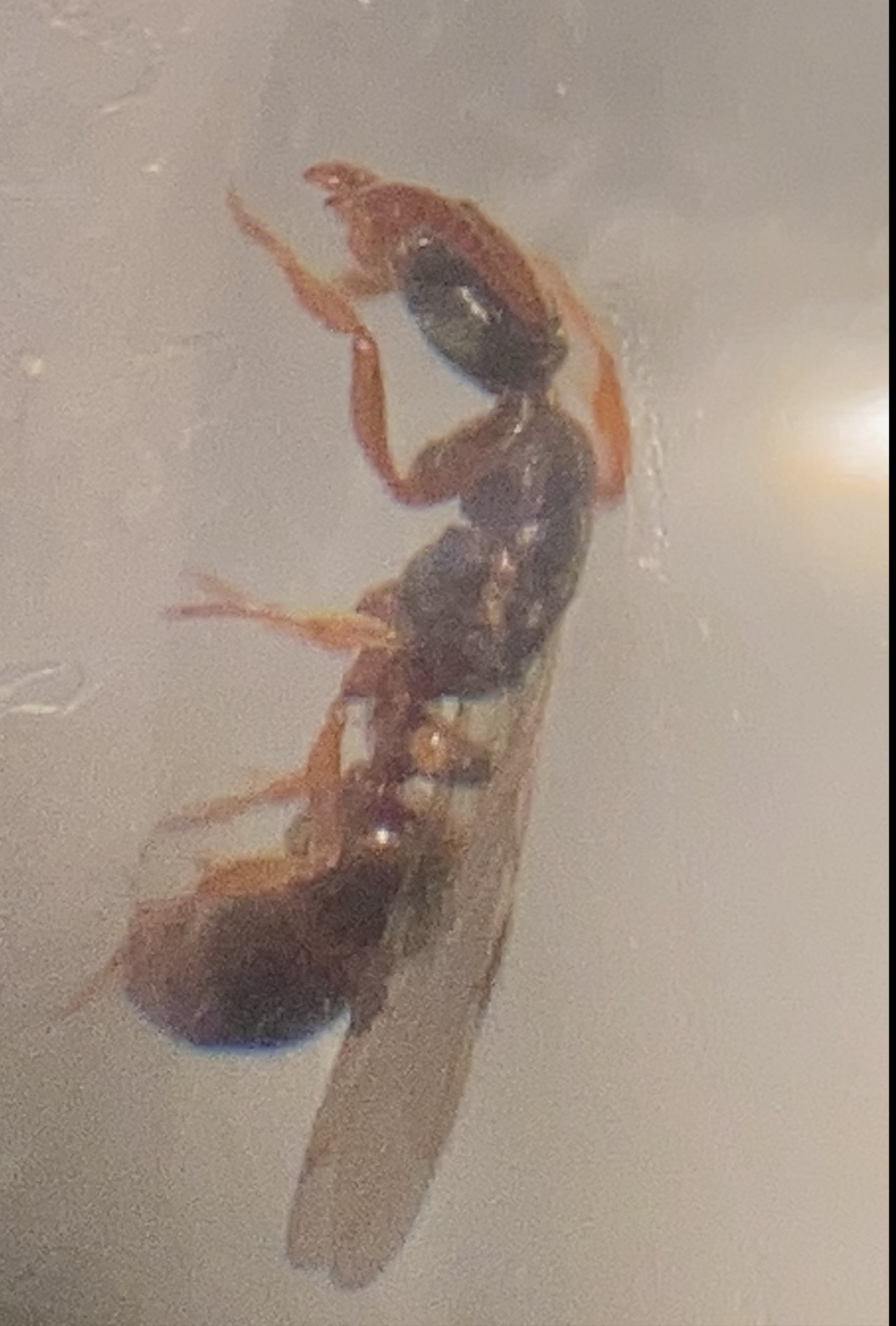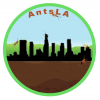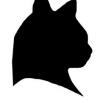1. Location (on a map) of collection: Newark, Delaware
2. Date of collection: Sept. 14 2021
3. Habitat of collection: backyard on the grill, open field and forest nearby
4. Length (from head to gaster): .....
5. Color, hue, pattern and texture: brownish with lighter legs
6. Distinguishing characteristics: long "stretched out" appearance; head is elongated, thorax and abdomen elongated, large antenna with engorged ends
7. Distinguishing behavior: doesn't listen, just "waits to talk"
8. Nest description: N/A
9. Nuptial flight time and date: found 6:30pm


